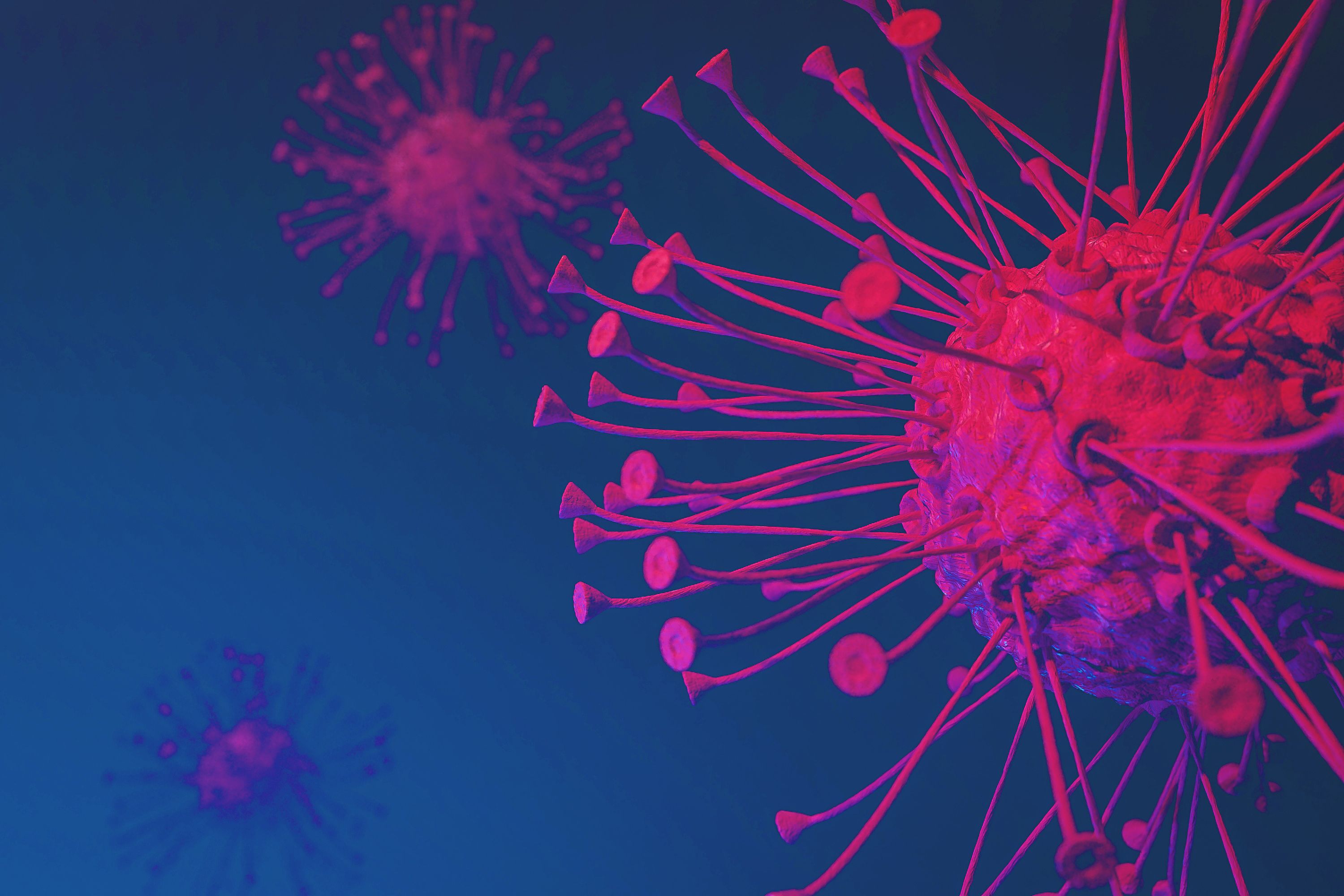Pimicotinib Yields Long-Term Response in Tenosynovial Giant Cell Tumor
Pimicotinib shows promising long-term efficacy and safety for treating tenosynovial giant cell tumor, offering significant patient benefits in a recent trial.
Pimicotinib shows promising long-term efficacy and safety for treating tenosynovial giant cell tumor, offering significant patient benefits in a recent trial.

Improved and durable efficacy was noted with pimicotinib (ABSK021), according to. long-term data from the phase 3 MANUEVER trial (NCT05804045) presented at the European Society for Medical Oncology Congress 2025.1
Findings showed that at a median follow-up of 435 days (range, 78-686; 14.3 months) and a data cutoff date of March 12, 2025, patients treated with pimicotinib from baseline (n = 63) achieved an overall response rate (ORR) of 76.2% (95% CI, 63.8%-86.0%) per blinded independent central review (BICR) by RECIST 1.1 criteria; the BICR-assessed ORR per tumor volume score (TVS) was 74.6% (95% CI, 62.1%-84.7%). Best responses per RECIST 1.1 criteria comprised complete response (6.3%), partial response (69.8%), stable disease (19.0%), progressive disease (0%), and not evaluable (4.8%).
The 6- and 12-month duration of response (DOR) rates per BICR assessment and RECIST 1.1 criteria were 98% (95% CI, 84%-100%) and 92% (95% CI, 70%-98%), respectively.
“Pimicotinib offers an effective, convenient, and tolerable systemic treatment option for patients with TGCT, providing early and durable tumor response with sustained relief from pain and functional impairments,” lead study author Xiaohui Niu, MD, of the Department of Orthopaedic Oncology Surgery at Beijing Ji Shui Tan Hospital at Peking University in China, said during a presentation of the data.
How Was the MANEUVER Trial Designed?
MANEUVER was a global, randomized, double-blind, placebo-controlled study evaluating pimicotinib—a highly selective and potent, small molecule CSF-1R inhibitor—in patients at least 18 years of age with histologically confirmed, unresectable TGCT who had measurable disease per RECIST 1.1 criteria with at least 1 lesion measuring at least 2 cm. Patients also needed to have symptomatic disease due to active TGCT.
The trial was double-blinded for the first 24 weeks, where patients were randomly assigned 2:1 to receive pimicotinib orally at 50 mg once per day (n = 63) or matched placebo (n = 31).
Previously reported data showed the study met its primary end point at week 25, with pimicotinib generating an ORR of 54.0% compared with 3.2% for placebo (P <.0001).2
After week 24, the trial entered its open-label extension period, where patients in the experimental arm continued to receive pimicotinib, and those in the placebo arm crossed over to receive the agent.1
Along with the primary end point of ORR per RECIST 1.1 criteria at week 25, secondary end points included ORR by TVS at week 25; and mean change from baseline to week 25 in range of motion, pain, stiffness, and PROMIS-PF T-score.
What Additional Data Were Reported at the 2025 ESMO Congress?
Findings also showed that patients treated with pimicotinib experienced clinically meaningful improvements in all clinical outcome assessments with longer-term follow-up, with durable improvements lasting beyond 1 year. Additionally, patients in the placebo arm who crossed over to receive pimicotinib had an ORR by BICR of 64.5% per RECIST v1.1 and TVS criteria at a median follow-up of 260 days (range, 85-505).
Regarding safety, the most common clinical adverse effects (AEs) reported in patients who received pimicotinib from baseline included pruritus (all-grade, 60.3%; grade 3/4, 3.2%), facial edema (49.2%; 0%), rash (38.1%; 6.3%), periorbital edema (36.5%; 0%), fatigue (28.6%; 0%), nausea (28.6%; 0%), and headache (25.4%; 0%).
Laboratory AEs were composed of increased blood creatine phosphokinase levels (all-grade, 71.4%; grade 3/4, 15.9%), increased blood lactate dehydrogenase levels (57.1%; 0%), increased aspartate aminotransferase levels (55.6%; 0%), increased amylase levels (38.1%; 0%), increased alpha-HBDH levels (25.4%; 0%), increased lipase levels (27.0%; 3.2%), increased blood creatine kinase MB levels (20.6%; 0%), and increase alanine aminotransferase levels (22.2%; 0%).
Disclosures: Niu did not list any conflicts of interest.
References
- Niu X, Ravi V, Broto JM, et al. Extended efficacy and safety from the phase 3 MANEUVER trial of pimicotinib in patients with tenosynovial giant cell tumour. Presented at: 2025 ESMO Congress; October 17-21, 2025; Berlin, Germany. Abstract 2690.
- Pimicotinib significantly improved outcomes for patients with tenosynovial giant cell tumor in a global phase III trial. News release. Merck KGaA. November 12, 2024. Accessed October 17, 2025. https://www.businesswire.com/news/home/20241111864964/en/Pimicotinib-Significantly-Improved-Outcomes-for-Patients-with-Tenosynovial-Giant-Cell-Tumor-in-a-Global-Phase-III-Trial